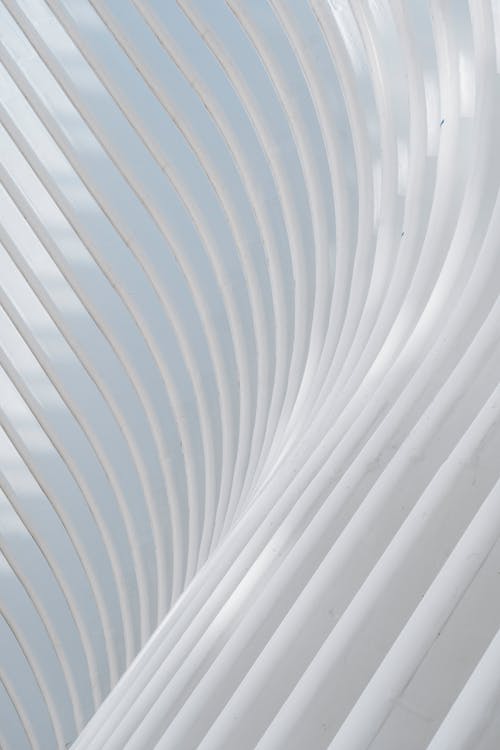Embracing human-centered design means believing that all problems, even the seemingly intractable ones like poverty, gender equality, and clean water, are solvable. Moreover, it means believing that the people who face those problems every day are the ones who hold the key to their answer. Human-centered design offers problem solvers of any stripe a chance to design with communities, to deeply understand the people they’re looking to serve, to dream up scores of ideas, and to
create innovative new solutions rooted in people’s actual needs.
Human-centered design isn’t a perfectly linear process, and each project invariably has its own contours and character. But no matter what kind of design challenge you’ve got, you’ll move through three main phases: Inspiration, Ideation, and Implementation. By taking these three phases in turn, you’ll build deep empathy with the communities and individuals you’re designing for; you’ll figure out how to turn what you’ve learned into a chance to design a new solution; and you’ll build and test your ideas before finally putting them out into the world. At IDEO.org and IDEO, we’ve used human-centered design to tackle a vast array of design challenges, and though our projects have ranged from social enterprises to communication campaigns to medical devices, this particular approach to creative problem solving has seen us through each time.



